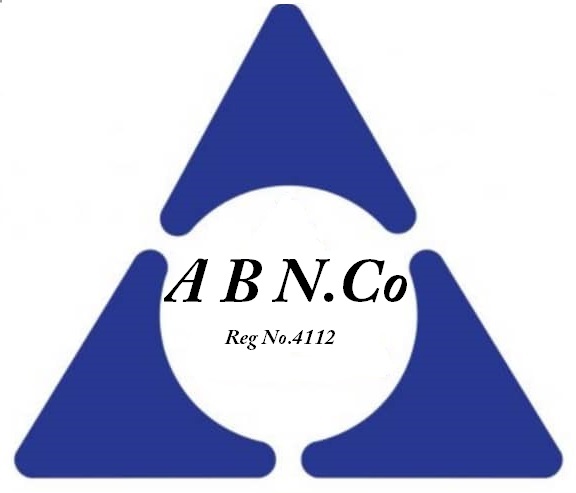Iran fuel oil CST 280 and 380
Fuel oils and other middle distillate petroleum fuel oil, e.g. fuel oil , contain small amounts of hydrocarbon waxes which tend to precipitate in large interlocking crystals at low temperatures. These hydrocarbon waxes are largely normal paraffin. This interlocking of the crystals sets up a gel structure which causes the fuel oil to lose its fluidity. The lowest temperature at which the oil will still flow is generally known as the pour point. When the fuel oil temperature goes below the pour point and the fuel oil is no longer freely flow able, difficulty arises in transporting the fuel oil through flow lines and pumps, as for example when attempting to transfer the fuel oil from one storage vessel to another by gravity or under pump pressure or when attempting to feed the fuel oil into a burner. Additionally, the wax crystals that have come out of solution tend to plug fuel oil lines, screens, and filters.
This problem has been ‘well recognized in the past and various additives have been suggested for depressing the pour point of the fuel oil. One function of such pour point depressants has been to change the nature ‘of the crystals that precipitate from the fuel oil, thereby reducing the tendency of the wax crystals to interlock and set into a gel. It is believed that the pour point depressant additive functions not only by arresting wax crystal growth but also by destroying cohesive forces between the crystals. Even though a pour point depressant may function to lower the temperature at which the oil will no longer flow, wax crystallization still occurs at a point above the pour point, i.e. at the cloud point, which is the point at which the oil becomes cloudy because of wax crystallization. Usually, the cloud point is not affected by the flow improver. Small-size crystals are desirable so that the precipitated wax will not clog the fine-mesh screens that are provided in fuel oil transportation, storage, and dispensing equipment. Pour point depressants that function by changing the wax crystals-to a more advantageous-size and shape can thus also be referred to as flow improvers. It is desirable to obtain not only fuel oils with low pour points but also fuel oils that will form small wax crystals so that the clogging of filters will not impair the flow of the fuel-at low operating temperatures.



